"Our best estimate for the time of eruption is close to now," says Brad Schaefer, Professor Emeritus of Astronomy at Louisiana State University.
Schaefer is a leading expert on T CrB. He's been studying the star since he was a teenager. "When I was 18 year old, I calculated when T CrB should erupt again. The answer was 'around 2026' -- and I've been waiting for this moment ever since," he says.
T CrB is a binary star system consisting of an ancient red giant circled by a hot white dwarf. Hydrogen from the red giant spills onto the surface of the white dwarf. It takes about 80 years to accumulate a critical mass, then--BOOM--a thermonuclear explosion occurs. "It's an H-bomb that blows up on an incredibly large scale," says Schaefer.
After an explosion, the process resets and repeats. Looking at old light curves, Schaefer realized that T CrB tells us when it's about to explode. Approximately 1.1 years before each blow-up, there's a "pre-eruption dip" in brightness. This dip foretells the next blast.
The explosion will be visible to the naked eye. Schaefer expects it to be about as bright as the North Star. When it blows, T CrB will burst forth as an extra jewel in the "Northern Crown" (the constellation Corona Borealis), easy to find high in the summer night sky between Hercules and Bootes.
"T CrB will be the brightest nova for generations," says Schaefer. "It's a chance for everyone in the world to step outside, look up, and see the hellfire."
Observing tips:
(1) Go out tonight to see what Corona Borealis normally looks like: sky map. Then, when the nova explodes, you'll be able to see the difference.
(2) Sign up for Space Weather Alerts. All subscribers (Basic and Pro) will receive an immediate text message when the nova explodes.
https://spaceweather.com/



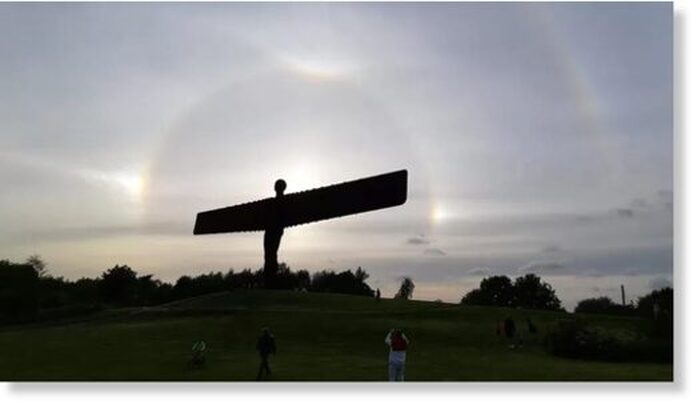
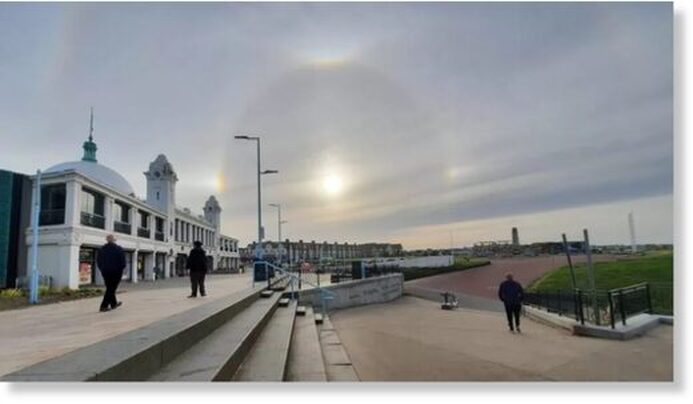
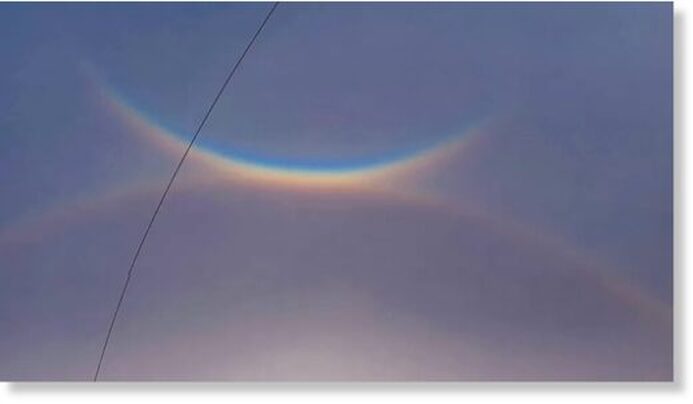
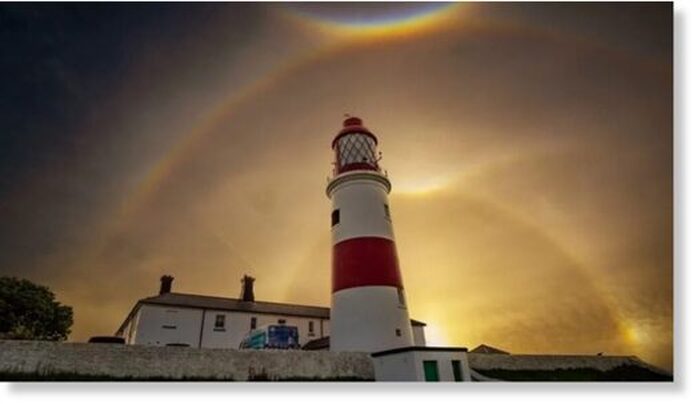
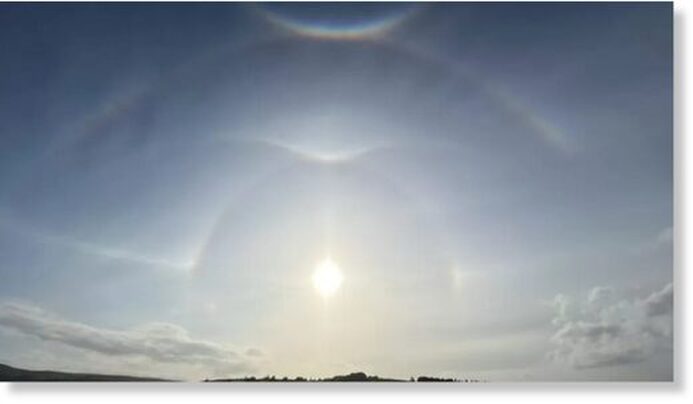
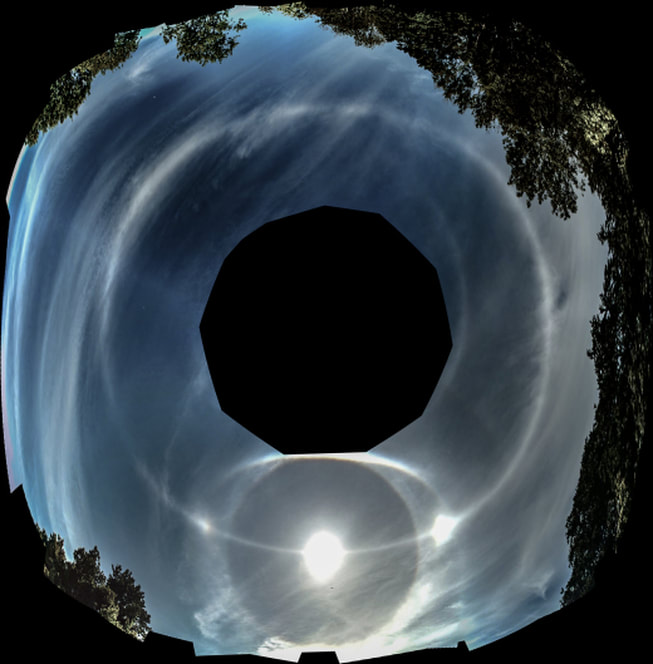
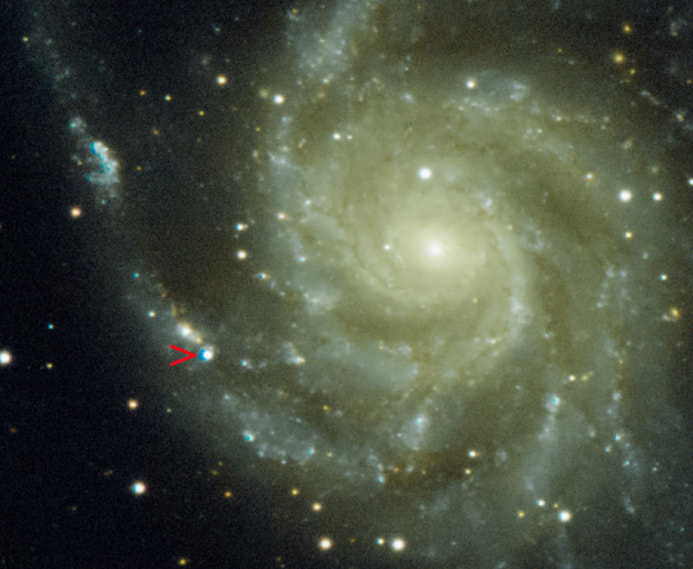
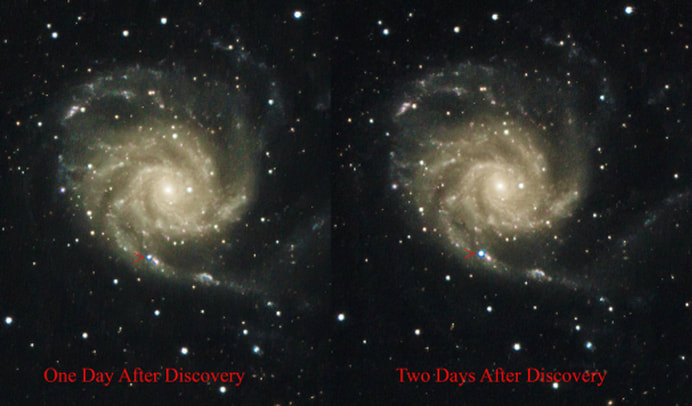
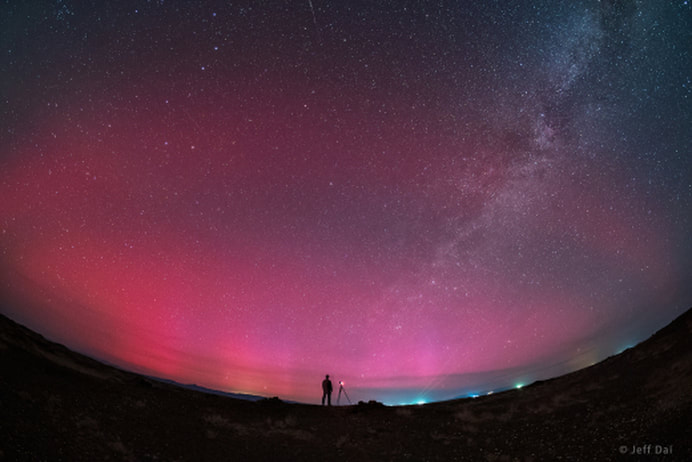
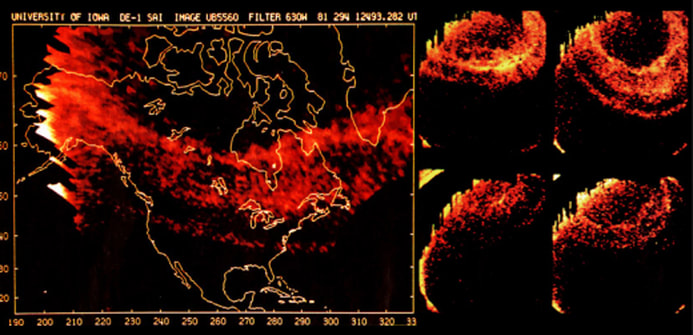
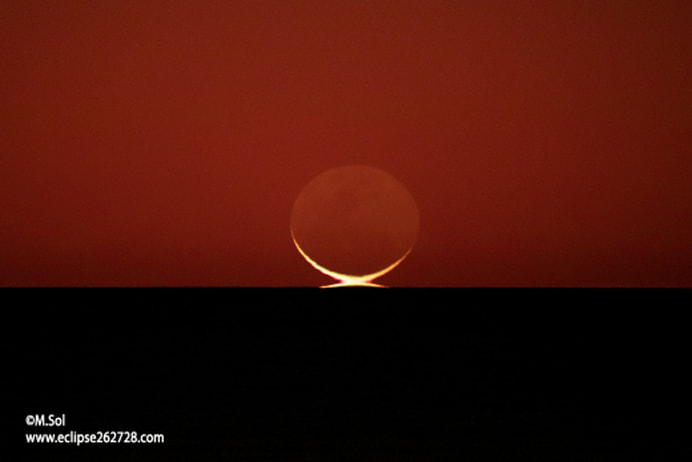
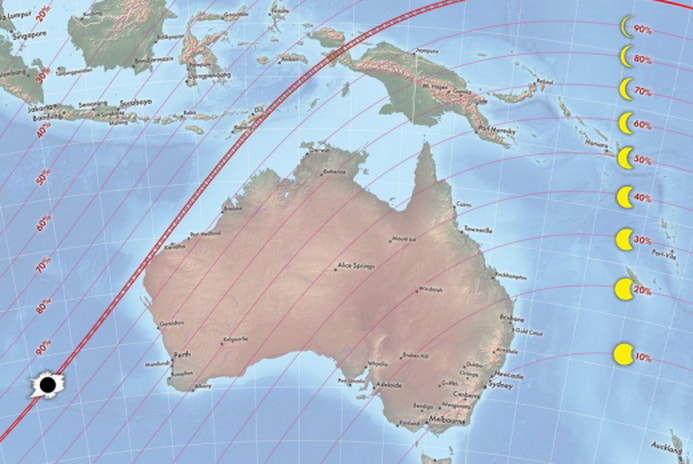
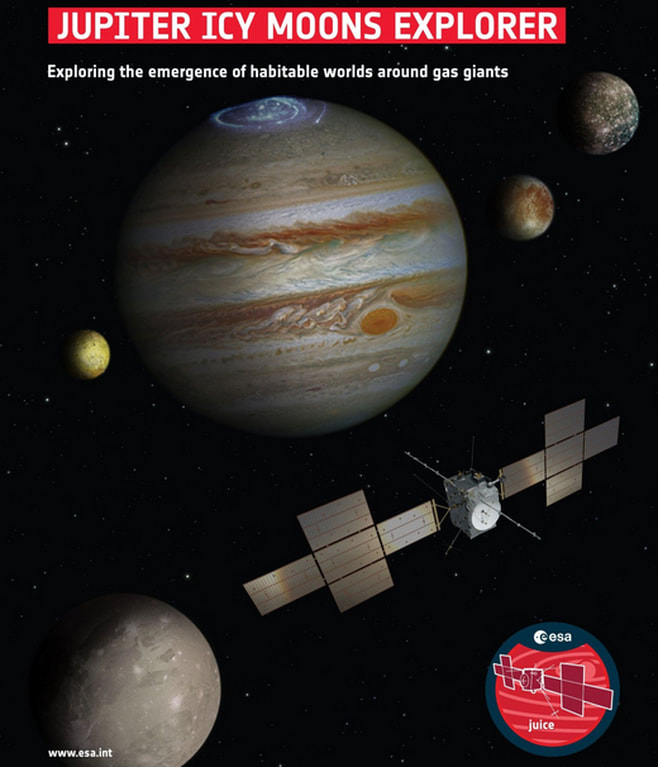
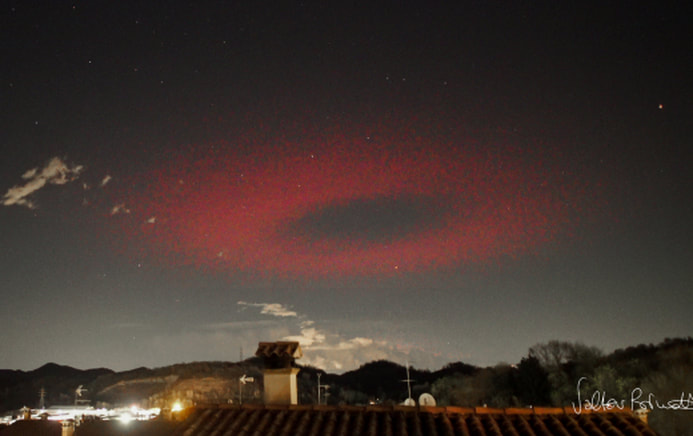
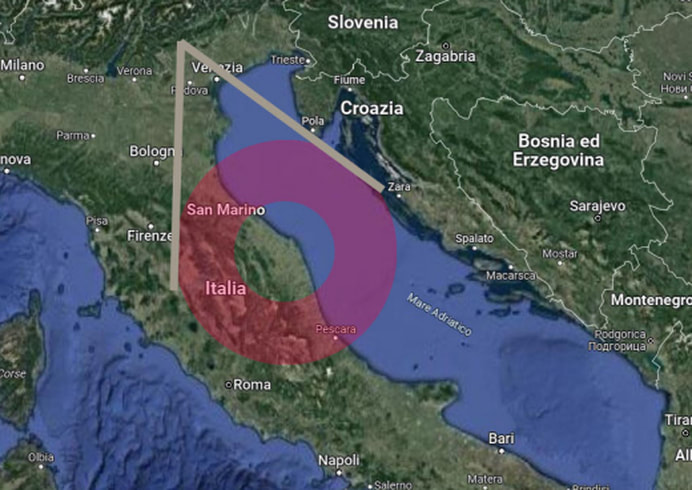
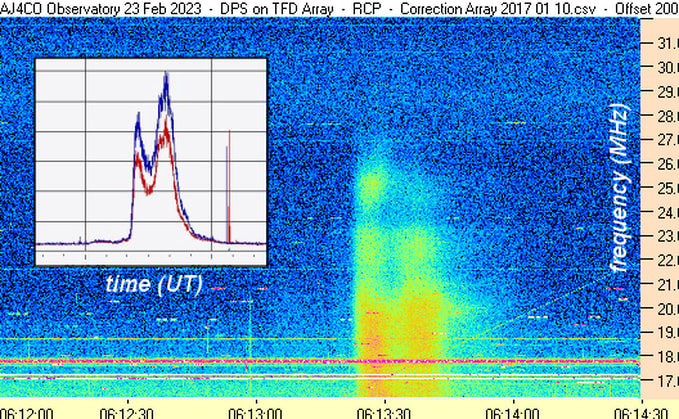
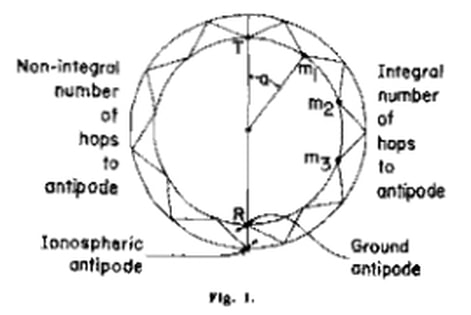
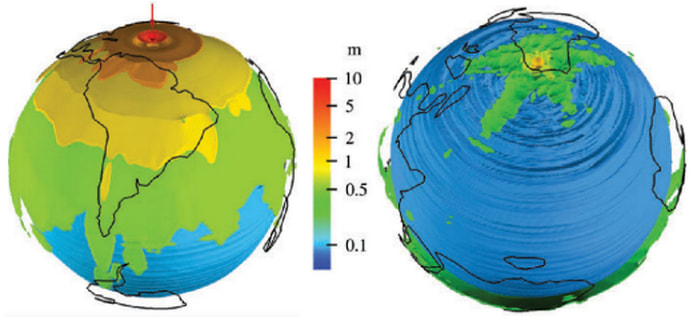

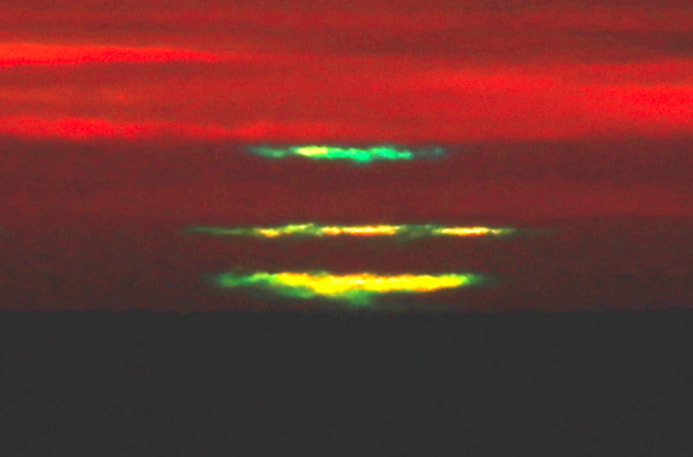
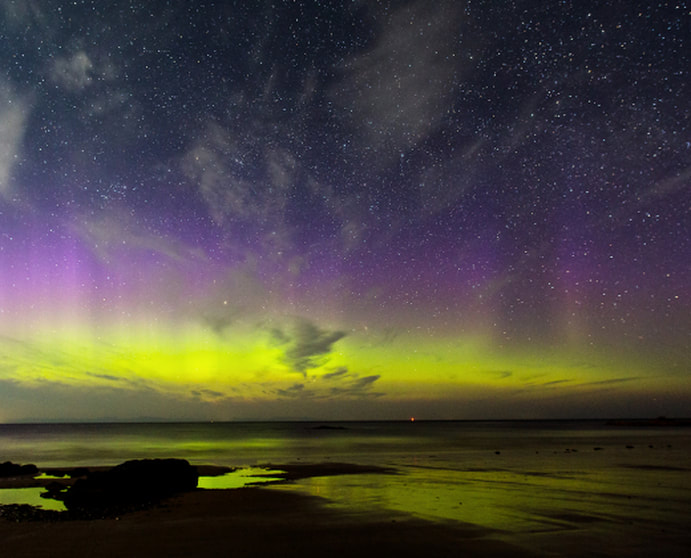
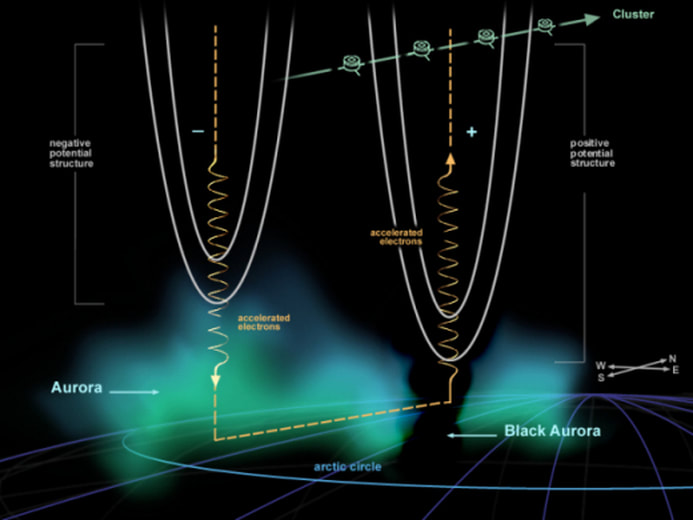
 RSS Feed
RSS Feed